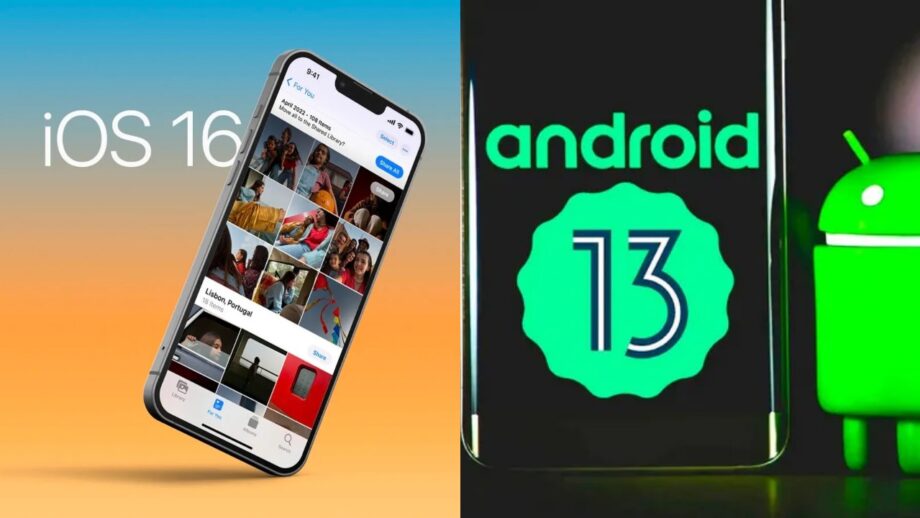Once again, it’s that time of year when we get a sneak glimpse at the next changes to the phones we hold in our hands. No, I’m not referring to the new phones that are released in the fall; instead, I’m referring to the operating systems on your phone. Therefore, Google and Apple host a developer conference every summer to discuss new software updates and present the most recent version of their mobile operating systems.
The iOS 16 operating system, which will be available for iPhones (iPhone 8 and above) most likely in September, was unveiled by Apple. Similar to this, Google also unveiled Android 13 earlier this year (specifically in March), the newest version of the operating system seen on the majority of smartphones made by companies other than Apple.
With iOS 16, Apple changed the appearance of the lock screen, allowing users to entirely customize it, and provided the option to modify or delete a message in the Messages app. Contactless payments are now available on iPhones thanks to Apple iOS 16. Additionally, sharing images with your loved ones would be a lot simpler. There is also a brand-new wallpaper collection with a huge selection of fresh wallpapers. The Message app will support SharePlay as well.
Additionally, Live Text is now available for videos, allowing you to pick out specific text and copy it. With iOS 16, Apple plans to replace your passwords with a passkey. Additionally, iOS 16’s enhanced, and new dictation feature enables hands-free typing on your iPhone with ease.
Since Android 12 underwent a significant redesign with the introduction of Material You, Android 13 is more functional. However, there are some visual modifications because the new design language is now supported by third-party app icons. Additionally, Google’s messaging software received several new capabilities, just like Apple’s Messages. Videos and images are now supported. Without a mobile internet connection, you can text over WiFi.Typing indicators and end-to-end encrypted group conversations are both now possible, thanks to RCS. And just like iOS, Android apps will need your permission before sending you notifications. Along with many other updates and upgrades, a new security app allows you to monitor your privacy and security settings.
Apple iOS was not recognized for being very customizable. You could only alter the wallpaper up until a few years ago, but Apple then introduced widgets, which have since played a significant role in the design of our home screens. Widgets have been available for Android for years, but Apple handled it better. But in Android 12, Google also gave the widgets a makeover.
Cut to 2022, and Apple has modified the lock screen’s appearance. You can change how it looks and even add widgets, giving you access to more information without having to unlock your iPhone. Additionally, alerts are now delivered from the bottom, making them easier to access than on Android. Instead of widgets, Android features “At a glance,” which also functions fairly well. But pay attention, Android; we need you to organize the notifications.
It is incorrect to claim that iOS has better aesthetics than Android because this is a matter of personal opinion. Some people adore iOS for its simplicity, while others despise the lack of customization choices or a theming engine compared to Android. However, not everyone enjoys the Material You. You must decide whatever style or design best suits you.
In India, neither Apple Wallet nor Google Pay is a particularly popular wallet application (not the Google Pay we have in India). In the West, however, where users can save their credit cards, debit cards, traveler’s checks, health records, and identification cards, they are fast becoming a need.
The Wallet app has been available for iOS for five years now. However, following a disastrous launch of Google Pay, the corporation rebranded the service as “Google Wallet” last month. And now that those functions are available on Android, it is sort of catching up to the Apple Wallet in that regard.
Keep reading IWMBuzz.com


